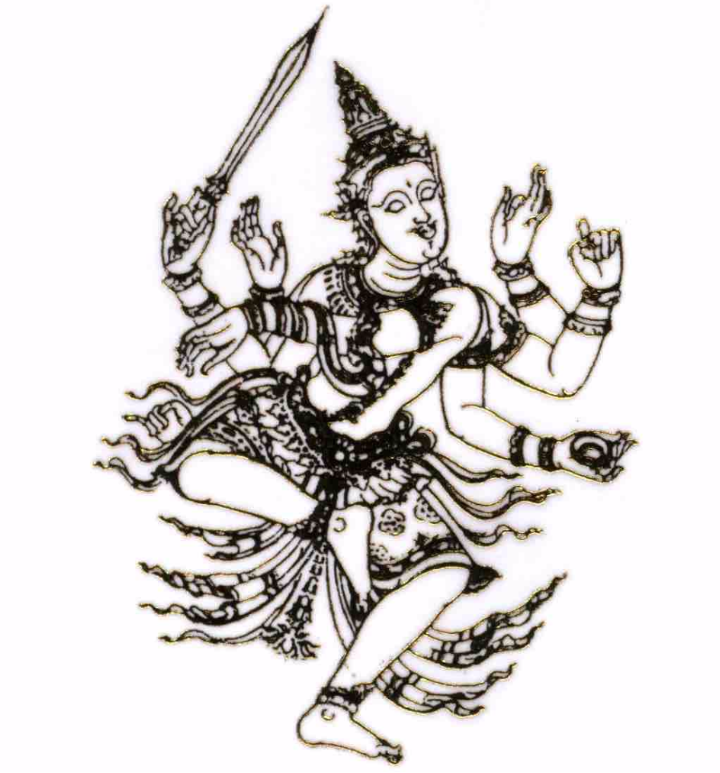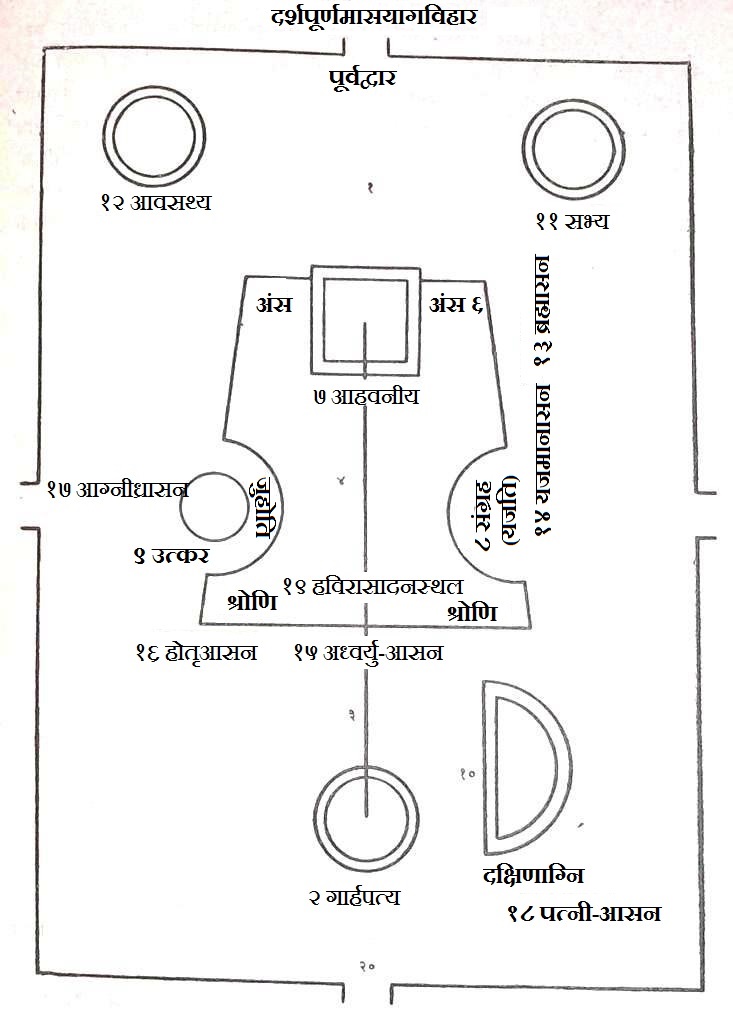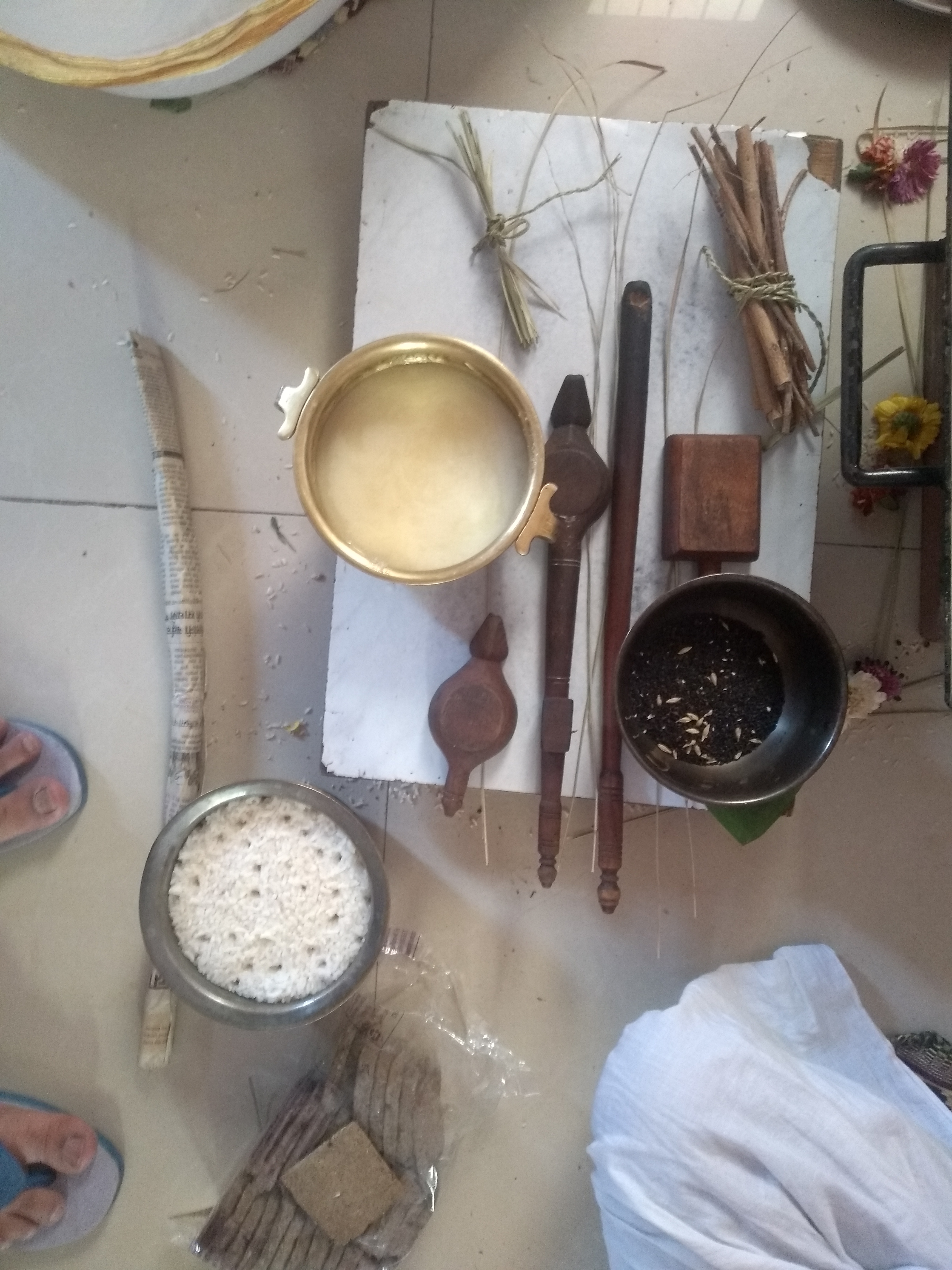|
Natya Shastra
The ''Nāṭya Śāstra'' (, ''Nāṭyaśāstra'') is a Sanskrit treatise on the performing arts. The text is attributed to sage Bharata Muni, and its first complete compilation is dated to between 200 BCE and 200 CE, but estimates vary between 500 BCE and 500 CE. The text consists of 36 chapters with a cumulative total of 6000 poetic verses describing performance arts. The subjects covered by the treatise include dramatic composition, structure of a play and the construction of a stage to host it, genres of acting, body movements, make up and costumes, role and goals of an art director, the musical scales, musical instruments and the integration of music with art performance. The ''Nāṭya Śāstra'' is notable as an ancient encyclopedic treatise on the arts, one which has influenced dance, music and literary traditions in India. It is also notable for its aesthetic "Rasa" theory, which asserts that entertainment is a desired effect of performance arts but not ... [...More Info...] [...Related Items...] OR: [Wikipedia] [Google] [Baidu] |
Nataraja
Nataraja () also known as Adalvallaan () is a depiction of the Hindu god Shiva as the divine cosmic dancer. His dance is called Tandava.''Encyclopædia Britannica'' (2015) The pose and artwork are described in many Hindu texts such as the '' Tevaram'', '' Thiruvasagam'' in Tamil and ''Anshumadbhed agama'' and ''Uttarakamika agama'' in Sanskrit and Grantha texts, the dance murti featured in all major Hindu temples of Shaivism, and is a well-known sculptural symbol in India and popularly used as a symbol of Indian culture, in particular as one of the finest illustrations of Hindu art. He is commonly referred as Koothan(), Sabesan() and Ambalavanan () in various Tamil texts. The sculpture is symbolic of Shiva as the lord of dance and dramatic arts, with its style and proportions made according to Hindu texts on arts. Tamil Devotional texts such as Tirumurai (The twelve books of Southern Shaivism) speaks that Nataraja is the form of Shiva in which he does Creation, destruction ... [...More Info...] [...Related Items...] OR: [Wikipedia] [Google] [Baidu] |
Tandava
Tandava (also spelled as ) also known as , is a divine dance performed by Hindu god Shiva. Shiva is depicted as dancing the Tandava in his form of Nataraja. The ''Natya Shastra'', a Sanskrit treatise on the performing arts describes various aspects of the Tandava. Description Tandava, as performed in the sacred dance-drama of India, has vigorous, brisk movements. Performed with joy, the dance is called '' Ananda Tandava''. Performed in a violent mood, the dance is called ''Raudra'' or ''Rudra Tandava''. The types of Tandava found in the Hindu texts are: Ananda Tandava, Tripura Tandava, Sandhya Tandava, Samhara Tandava, Kali (Kalika) Tandava, Uma Tandava, Shiva Tandava, Krishna Tandava and Gauri Tandava. Shivani Tandava is described as a vigorous dance that is the source of the cycle of creation, preservation and dissolution. While the ''Rudra Tandava'' depicts his violent nature, first as the creator and later as the destroyer of the universe, even of death itself, the ' ... [...More Info...] [...Related Items...] OR: [Wikipedia] [Google] [Baidu] |
Puja (Hinduism)
''Puja'' ( sa, पूजा, pūjā, translit-std=IAST) is a worship ritual performed by Hindus, Buddhists and Jains to offer devotional homage and prayer to one or more deities, to host and honor a guest, or to spiritually celebrate an event. It may honor or celebrate the presence of special guests, or their memories after they die. The word ''pūjā'' is Sanskrit, and means reverence, honor, homage, adoration, and worship.पूजा ''Sanskrit Dictionary'', Germany (2009) Puja, the loving offering of light, flowers, and water or food to the divine, is the essential ritual of Hinduism. For the worshipper, the divine is visible in the image, and the divinity sees the worshipper. The interaction between human and deity, between |
Sanskrit Prosody
Sanskrit prosody or Chandas refers to one of the six Vedangas, or limbs of Vedic studies.James Lochtefeld (2002), "Chandas" in The Illustrated Encyclopedia of Hinduism, Vol. 1: A-M, Rosen Publishing, , page 140 It is the study of poetic metres and verse in Sanskrit. This field of study was central to the composition of the Vedas, the scriptural canons of Hinduism, so central that some later Hindu and Buddhist texts refer to the Vedas as ''Chandas''. The Chandas, as developed by the Vedic schools, were organized around seven major metres, and each had its own rhythm, movements and aesthetics. Sanskrit metres include those based on a fixed number of syllables per verse, and those based on fixed number of morae per verse. Extant ancient manuals on Chandas include Pingala's ''Chandah Sutra'', while an example of a medieval Sanskrit prosody manual is Kedara Bhatta's ''Vrittaratnakara''. The most exhaustive compilations of Sanskrit prosody describe over 600 metres. This is a subs ... [...More Info...] [...Related Items...] OR: [Wikipedia] [Google] [Baidu] |
Sitara Thobani Odissi Classical Dance Mudra India (16)
Sitara or Sithara may refer to: People * Sithara (actress) (born 1973), Indian actress * Sithara (singer) (born 1986), Indian singer * Sitara Devi (1920–2014), Indian dancer * Sitara (actress), Pakistani film actress * Sitara Hewitt, a British-Pakistani-American actress * Mohan Sithara (born 1959), Malayalam film music composer Film and television * ''Sitara'' (1980 film), a 1980 Hindi-language Indian feature film * '' Sitaara'', a 1984 Telugu-language Indian feature film * ''Sitara'' (2019 film), an Indian Bengali-language film * '' Sitara: Let Girls Dream'', a 2020 Pakistani computer animated short film Other uses * Sitara (textile) A ''sitara'' or ''sitarah'' ( ar, سِتَارَة ) is an ornamental curtain used in the sacred sites of Islam. A sitara forms part of the ''kiswah'': the cloth covering of the Kaaba in Mecca. Another sitara adorns the Prophet's Tomb in the Al-Ma ..., an ornamental curtain used in the sacred sites of Islam * Sitara ARM Processor, a family o ... [...More Info...] [...Related Items...] OR: [Wikipedia] [Google] [Baidu] |
Louis Renou
Louis Renou (; 26 October 1896 – 18 August 1966) was the pre-eminent French Indologist of the twentieth century. Education and Career After passing the ''agrégation'' examination in 1920, Louis Renou taught for a year at the ''lycée'' in Rouen. He then took a sabbatical, read the works of Sanskrit scholars and attended the classes of Antoine Meillet. Henceforth he opted exclusively for the study of Sanskrit. He attended the lectures of Jules Bloch at the ''École des hautes études''. The work he did at this time gave rise to ''Les maîtres de la philologie védique'' (1928). His doctoral thesis, submitted in 1925, was ''La valeur du parfait dans les hymnes védiques''. After a short time at the ''Faculté de lettres'' in Lyon, he moved to ''L'École des hautes études'' and then to the Sorbonne where he succeeded Alfred A. Foucher. In 1946 he was elected to the Académie des Inscriptions. In the following years he undertook three journeys: India in 1948-1949, Yale Universit ... [...More Info...] [...Related Items...] OR: [Wikipedia] [Google] [Baidu] |
Yajna
Yajna ( sa, यज्ञ, yajña, translit-std=IAST, sacrifice, devotion, worship, offering) refers in Hinduism to any ritual done in front of a sacred fire, often with mantras.SG Nigal (1986), Axiological Approach to the Vedas, Northern Book, , pages 80–81 Yajna has been a Vedic tradition, described in a layer of Vedic literature called Brahmanas, as well as Yajurveda. The tradition has evolved from offering oblations and libations into sacred fire to symbolic offerings in the presence of sacred fire ( Agni). Yajna rituals-related texts have been called the ''Karma-kanda'' (ritual works) portion of the Vedic literature, in contrast to ''Jnana-kanda'' (knowledge) portion contained in the Vedic Upanishads. The proper completion of Yajna-like rituals was the focus of Mimansa school of Hindu philosophy. Yajna have continued to play a central role in a Hindu's rites of passage, such as weddings. Modern major Hindu temple ceremonies, Hindu community celebrations, or monastic in ... [...More Info...] [...Related Items...] OR: [Wikipedia] [Google] [Baidu] |
Shatapatha Brahmana
The Shatapatha Brahmana ( sa, शतपथब्राह्मणम् , Śatapatha Brāhmaṇam, meaning 'Brāhmaṇa of one hundred paths', abbreviated to 'SB') is a commentary on the Śukla (white) Yajurveda. It is attributed to the Vedic sage Yajnavalkya. Described as the most complete, systematic, and important of the Brahmanas (commentaries on the Vedas), it contains detailed explanations of Vedic sacrificial rituals, symbolism, and mythology. Particularly in its description of sacrificial rituals (including construction of complex fire-altars), the Shatapatha Brahmana (SB) provides scientific knowledge of geometry (e.g. calculations of pi and the root of the Pythagorean theorem) and observational astronomy (e.g. planetary distances and the assertion that the Earth is circular) from the Vedic period. The Shatapatha Brahmana is also considered to be significant in the development of Vaishnavism as the origin of several Puranic legends and avatars of the RigVedic ... [...More Info...] [...Related Items...] OR: [Wikipedia] [Google] [Baidu] |
Vedanga
The Vedanga ( sa, वेदाङ्ग ', "limbs of the Veda") are six auxiliary disciplines of Hinduism that developed in ancient times and have been connected with the study of the Vedas:James Lochtefeld (2002), "Vedanga" in The Illustrated Encyclopedia of Hinduism, Vol. 1: A-M, Rosen Publishing, , pages 744-745 List of the Vedanga # Shiksha ('): phonetics, phonology, pronunciation. This auxiliary discipline has focused on the letters of the Sanskrit alphabet, accent, quantity, stress, melody and rules of euphonic combination of words during a Vedic recitation. # Chandas ('): prosody.James Lochtefeld (2002), "Chandas" in The Illustrated Encyclopedia of Hinduism, Vol. 1: A-M, Rosen Publishing, , page 140 This auxiliary discipline has focused on the poetic meters, including those based on fixed number of syllables per verse, and those based on fixed number of morae per verse. # Vyakarana ('): grammar and linguistic analysis.James Lochtefeld (2002), "Vyakarana" in The Illustrated ... [...More Info...] [...Related Items...] OR: [Wikipedia] [Google] [Baidu] |
Kalpa (Vedanga)
Kalpa ( sa, कल्प) means "proper, fit" and is one of the six disciplines of the Vedānga, or ancillary science connected with the Vedas – the scriptures of Hinduism. This field of study is focused on the procedures and ceremonies associated with Vedic ritual practice.James Lochtefeld (2002), "Kalpa" in The Illustrated Encyclopedia of Hinduism, Vol. 1: A–M, Rosen Publishing, , p. 339. The major texts of Kalpa Vedanga are called ''Kalpa Sutras'' in Hinduism. The scope of these texts includes Vedic rituals, rites of passage rituals associated with major life events such as birth, wedding and death in family, as well as personal conduct and proper duties in the life of an individual. Most Kalpasutras texts have experienced interpolation, changes and consequent corruption over their history, and Apasthamba Kalpasutra ancillary to the Yajurveda may be the best preserved text in this genre. Kalpa Sutras are also found in other Indian traditions, such as Jainism. Etymology K ... [...More Info...] [...Related Items...] OR: [Wikipedia] [Google] [Baidu] |
Brahmana
The Brahmanas (; Sanskrit: , ''Brāhmaṇam'') are Vedic śruti works attached to the Samhitas (hymns and mantras) of the Rig, Sama, Yajur, and Atharva Vedas. They are a secondary layer or classification of Sanskrit texts embedded within each Veda, which explain and instruct on the performance of Vedic rituals (in which the related Samhitas are recited). In addition to explaining the symbolism and meaning of the Samhitas, Brahmana literature also expounds scientific knowledge of the Vedic Period, including observational astronomy and, particularly in relation to altar construction, geometry. Divergent in nature, some Brahmanas also contain mystical and philosophical material that constitutes Aranyakas and Upanishads. Each Veda has one or more of its own Brahmanas, and each Brahmana is generally associated with a particular Shakha or Vedic school. Less than twenty Brahmanas are currently extant, as most have been lost or destroyed. Dating of the final codification of the '' ... [...More Info...] [...Related Items...] OR: [Wikipedia] [Google] [Baidu] |

.jpg)




